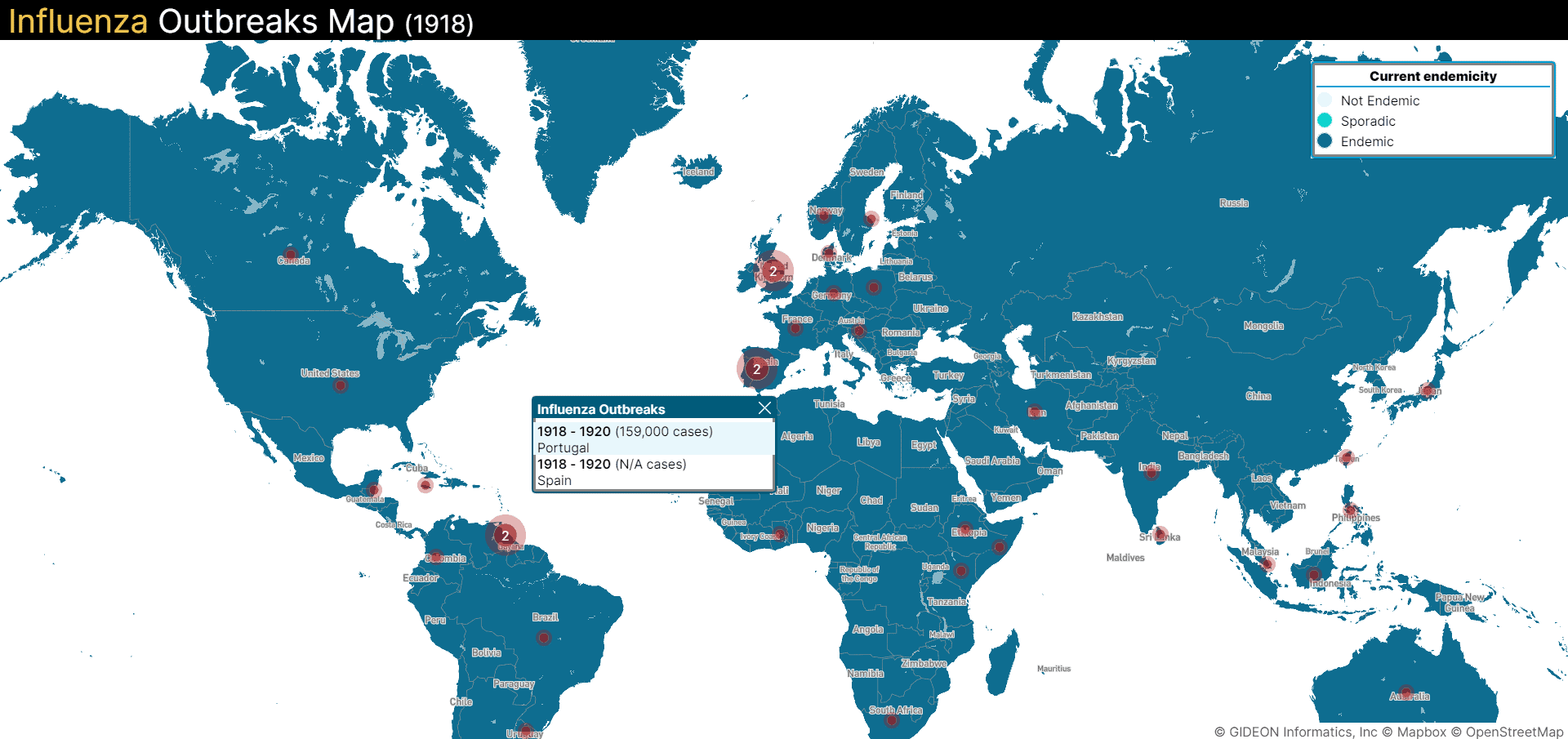Which War Was Worse When it Comes to Infectious Diseases?
Major disease outbreaks have often been linked to wars throughout history. One of the most infamous examples is the Black Death, which killed an estimated 25 million people in Europe during the 14th century. The disease is thought to have been spread by fleas living on rats brought into Europe by ships carrying soldiers returning from the Crimean War. It is thought to have contributed to the end of feudalism.
This isn’t the only time that infectious diseases influenced the course of history during war, however.
The Peloponnesian War
The Peloponnesian War is another example, as it saw the spread of typhus. This war was fought between Athens and Sparta from 431-404 BCE and involved nearly the entire Greek world at its height. In 430 BCE, Athens was struck by a plague that would kill an estimated 75,000 people, or one-third of the city’s population. The plague continued to ravage Athens for another two years before finally subsiding.
While the plague’s exact cause is unknown, it is believed to have been brought to Athens by Spartan soldiers who were infected with typhus. This theory is supported by the fact that most of the deaths from the plague occurred in crowded areas like prisons and army barracks, where sanitation was poor. Regardless of its cause, the Plague of Athens was one of antiquity’s deadliest disease outbreaks.
The American Civil War
The American Civil War (1861-1865) is widely considered to be the deadliest conflict in American history, with over 600,000 soldiers killed in action. But what is less well-known is that infectious diseases actually claimed more lives than combat wounds during the war. In all, historians believe that approximately two-thirds of all deaths during the Civil War were due to infections contracted while in service.
It is even said that one in four soldiers died from infectious diseases such as typhoid fever and dysentery. Both sides used battlefield hospitals to care for wounded soldiers during the conflict. However, these hospitals were often overcrowded and unsanitary, which facilitated the spread of disease. The Civil War was also fought mainly in the southern states, where mosquitoes and pests were more prevalent. This provided ideal conditions for the spread of malaria and yellow fever.
The Napoleonic Wars
The Napoleonic Wars were also a trying time for many reasons – not the least of which was the spread of disease. The most common diseases during the war were cholera, typhus, and dysentery. These diseases spread quickly due to the unsanitary conditions of many battlefields and camps. These wars saw a similar rate of disease-related deaths, with around 25% of fatalities attributed to infectious diseases.
Poor sanitation meant soldiers often consumed contaminated food and water, and diseases could quickly spread through close quarters such as crowded barracks. In addition, wounds were often left untreated, providing an entry point for infection. And because medical knowledge was limited at this time, there was no practical way to treat them.
The World Wars
Infectious diseases also impacted the First World War. During World War I, an estimated 200,000 soldiers from each country directly involved in the war died from infectious diseases. While advances in medicine meant fewer soldiers died from infections than in previous wars, the close quarters and poor living conditions still resulted in the spread of disease. One notable example is the 1918 flu pandemic, which killed millions of people worldwide, including many soldiers.
The use of chemical weapons in World War I also had a devastating effect on soldiers’ health. Mustard gas and other chemicals damaged soldiers’ respiratory systems, making them susceptible to pneumonia and other respiratory infections.
Modern Wars
The Iraq War saw a significant cholera outbreak. Interestingly, the 2003 invasion of Iraq also led to a rise in cases of hepatitis A. Also, the 2014 outbreak of Ebola in West Africa has been linked to the outbreak of civil war in that region.
As these examples show, wars often provide the perfect conditions for spreading disease. Consequently, it is unsurprising that many significant epidemics have been linked to wars throughout history, even in recent history.
